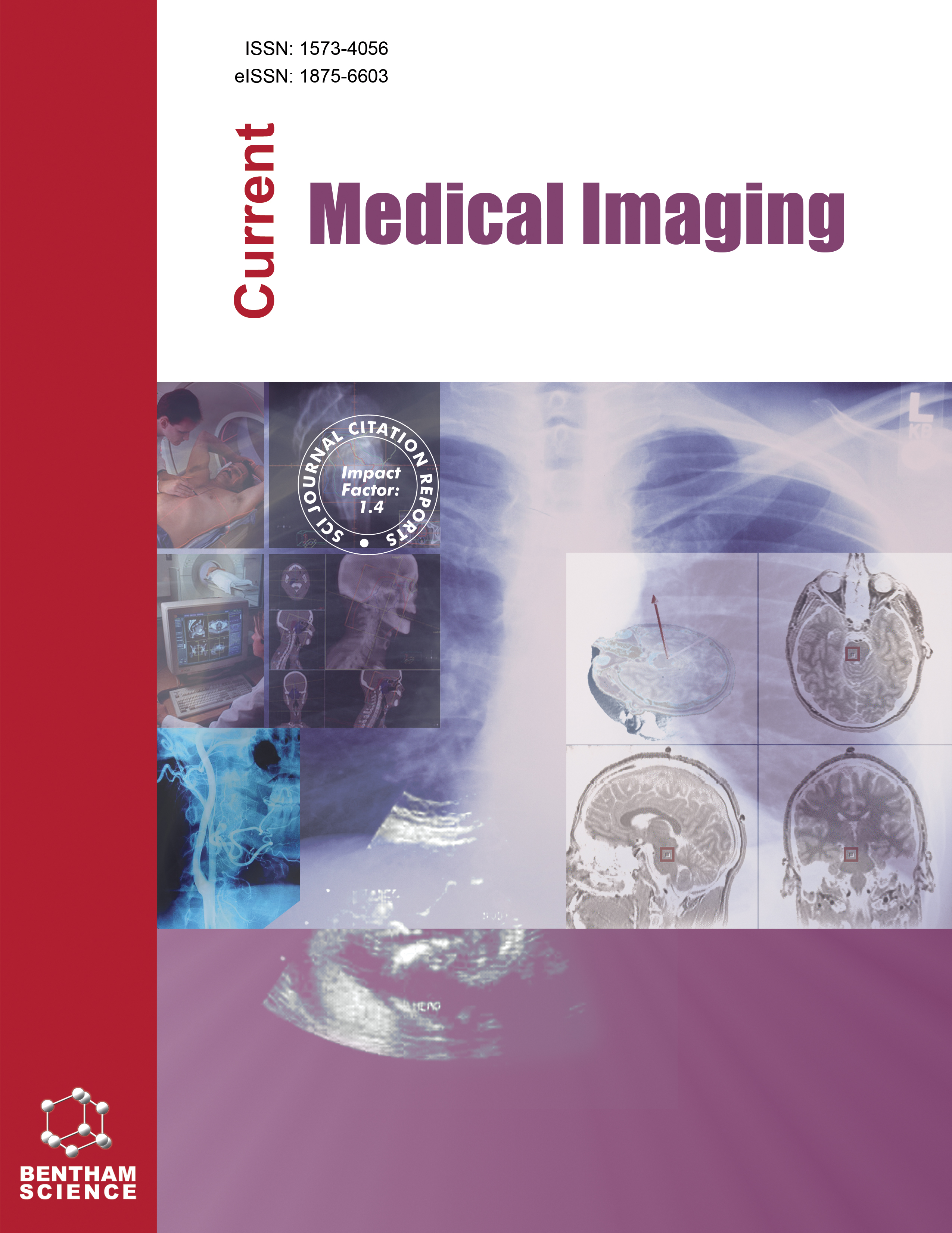-
oa Precancerous Change Detection Technique on Mammography Breast Cancer Images based on Mean Ratio and Log Ratio using Fuzzy c Mean Classification with Gabor Filter
- Source: Current Medical Imaging, Volume 20, Issue 1, Jan 2024, e18749445290351
-
- 08 Nov 2023
- 08 May 2024
- 01 Jan 2024
Abstract
The growing rate of breast cancer necessitates immediate global attention. Mammography images are used to determine the stage of malignancy. Breast cancer stages must be identified in order to save a person's life.
This article's main goal is to identify different techniques to obtain the difference between two breast cancer mammography images taken of the same individual at different times. This is the first effort to identify breast cancer in mammography images using change detection techniques. The Mammogram Image Change Detection (ICD) technique is also a recent advancement to prevent breast cancer in the early stage and precancerous level in medical images.
The main purpose of this work is to observe the changes between breast cancer images in different screening periods using different techniques. Mammogram Breast Cancer Image Change Detection (MBCICD) methods usually start with a Difference Image (DI) and classify the pixels in the DI into changed and unaffected classes using unsupervised fuzzy c means (FCM) clustering methods based on texture features taken from the log and mean ratio difference pictures. Two operators, mean ratio and log ratio, were used to check the changes in the images. The Gabor wavelet is utilized as a feature extraction technique among several standards. Using the Gabor wavelet ratio operators is a useful method for altering the detection of breast cancer in mammography images. Currently, it is challenging to obtain real malignant images of the same person for testing or training. In this study, two images are utilized. To clearly see the changes, one is an image from the MIAS breast cancer mammography images dataset, and the other is a self-generated change image.
The research aims to examine the image results and other quantitative analysis results of proposed change detection methods on cancer images. The Mean Ratio Accuracy result is 0.9738, and the Log ratio PCC is 0.9737. The classification results are the Log Ratio + Gabor Filter + FCM is 0.9737, and Mean Ratio +Gabor Filter + FCM is 0.9719. The mean Ratio Accuracy result is 0.9738, Log ratio is 0.9737. Log Ratio + Gabor Filter + FCM is 0.9737, Mean Ratio +Gabor Filter + FCM is 0.9719. Comparing the PCC of proposed change detection methods with the FDA-RMG method on the same dataset, the accuracy is 0.9481 only.
The study concludes that variations in mammography breast cancer images could be successfully identified using the ratio operators with Gabor wavelet features.


